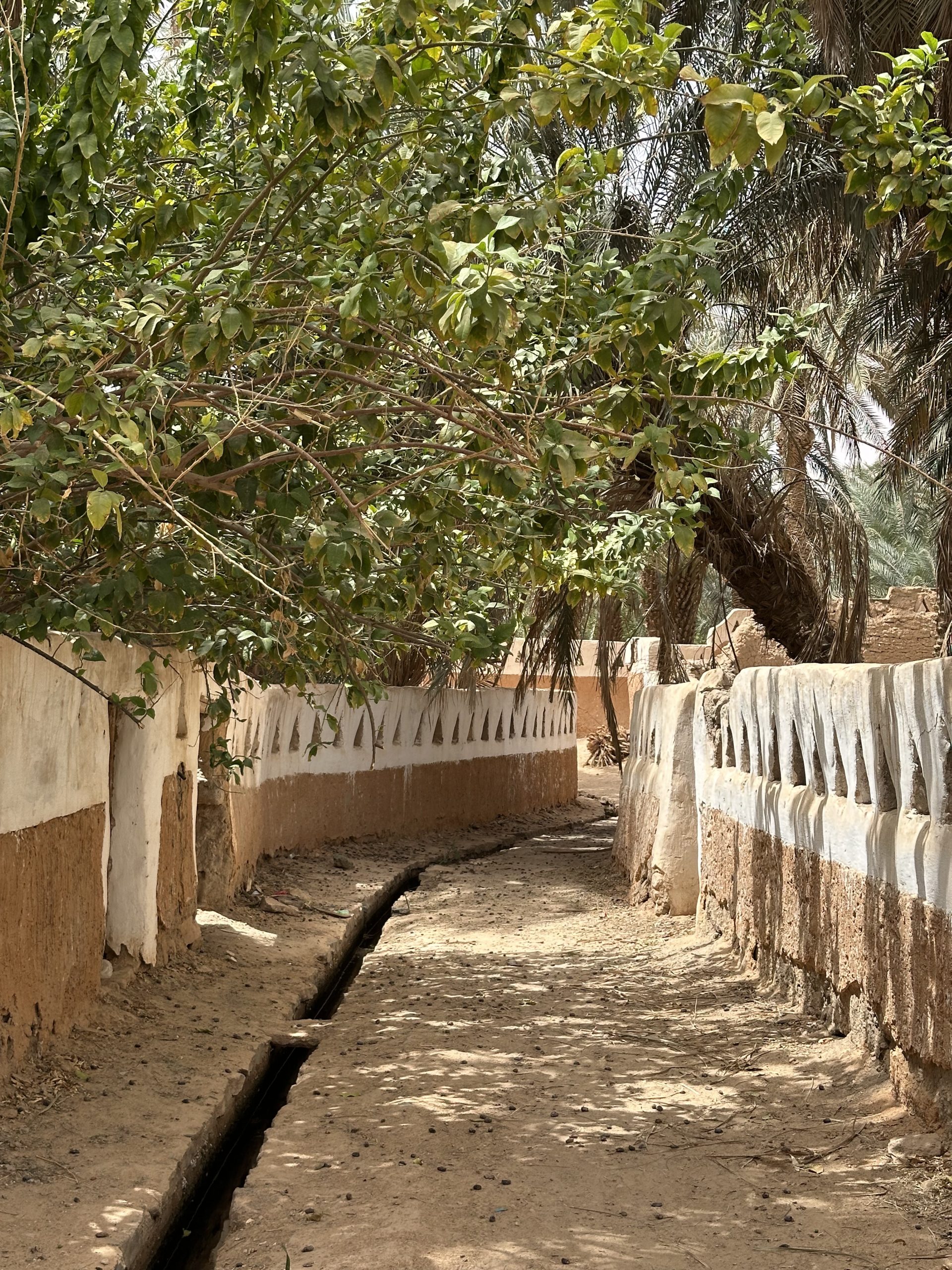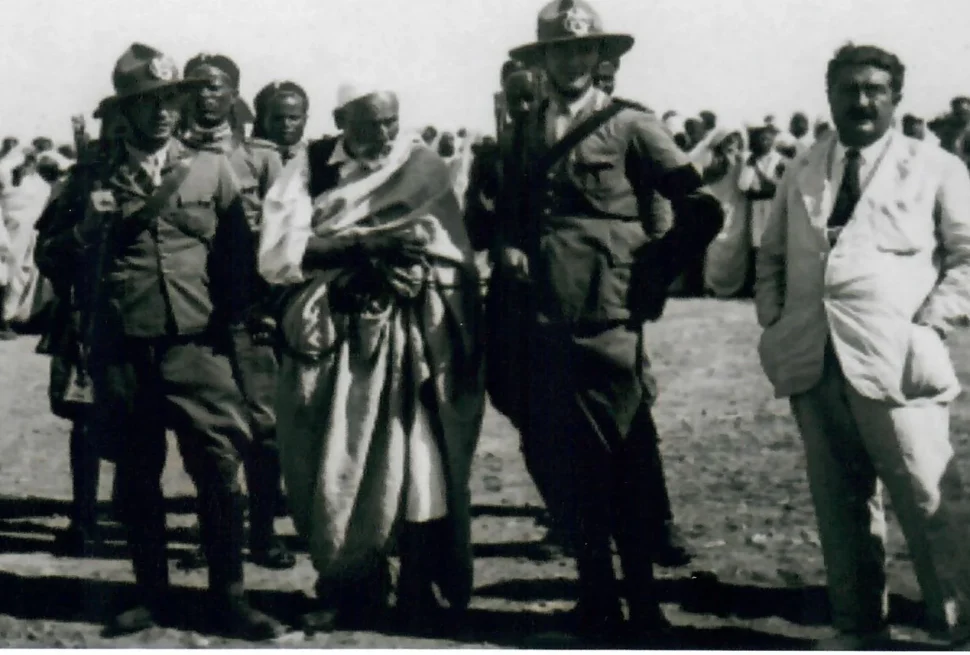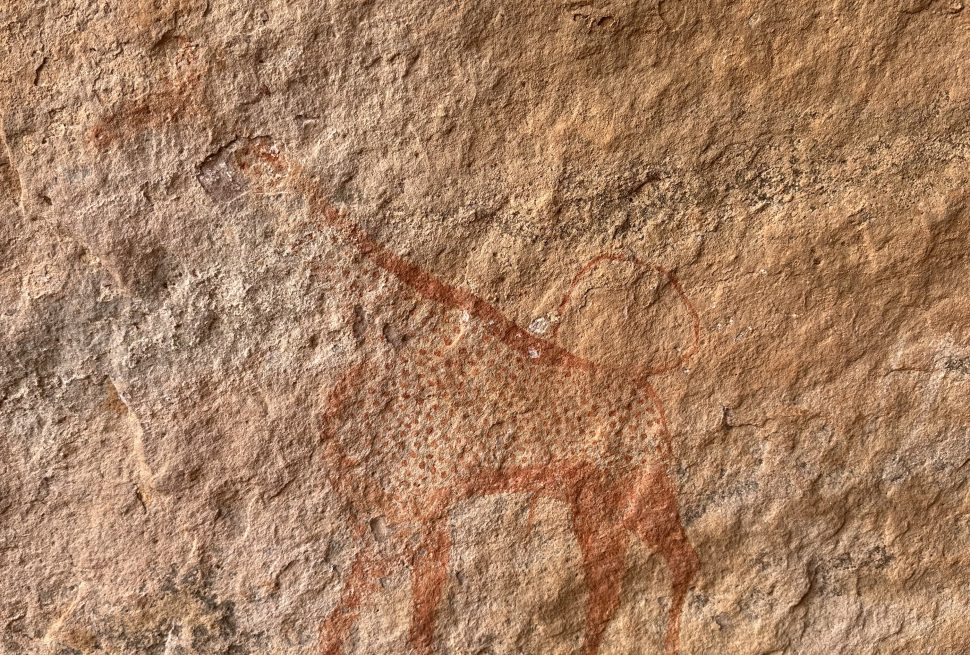In the heart of the Sahara, where sand stretches endlessly and water is scarce, ancient peoples discovered a remarkable secret: life could flourish even in the harshest desert. This secret was the foggara, an ingenious underground irrigation system that carried water from distant aquifers to sustain fields, settlements, and civilizations. From Sebha to Ghadames and Ghat, we’re going to explore how civilizations survived.
The word “foggara” refers to a network of tunnels and channels that tap into underground water, gently guiding it to the surface. Unlike wells, which draw water from a single point, foggaras distribute water over long distances, ensuring fields and gardens can thrive across arid lands. For thousands of years, these systems have been a lifeline, a symbol of human ingenuity against the desert’s extremes.
Origins of the Foggara System
Foggara systems are believed to have originated in ancient Persia over two thousand years ago. In the arid regions of Iran, early engineers dug tunnels into mountainsides to channel groundwater to farms and villages. The knowledge of these systems spread westward through trade, migration, and cultural exchange.
As caravans and travelers crossed the deserts of North Africa, they brought this vital knowledge with them. By the time it reached Libya, the foggara system had already been refined and adapted for the Sahara’s particular challenges: extreme heat, shifting sands, and the depth of desert aquifers.
Foggara in Libya: A Lifeline in the Sahara
In Libya, foggaras became central to life in the Fezzan and other desert regions. The Garamantes, an ancient people who ruled the Fezzan for centuries, built extensive networks of underground channels to irrigate their crops. These systems transformed barren land into productive oases capable of supporting thousands of people. Wheat, dates, grapes, and vegetables thrived where nothing seemed possible.
The construction of a foggara required incredible skill and cooperation. Workers dug gently sloping tunnels, sometimes hundreds of meters long, to ensure water would flow steadily from the aquifer to the surface. Shafts were dug at intervals along the tunnels, both to remove excavated material and to allow access for maintenance. These vertical shafts are still visible in parts of the Sahara today, silent witnesses to the ingenuity of ancient engineers.
How It Shaped Communities
Foggara systems were more than engineering marvels—they shaped society itself. Settlements often grew along the path of a foggara, as communities could rely on its steady water supply. Farmers coordinated planting and harvests according to the water’s flow, and trade thrived in oases nourished by these channels.
The system also fostered social cohesion. Maintaining a foggara required collective effort, from digging to regular cleaning and repairs. Shared responsibility for water reinforced community bonds, and the careful management of a scarce resource became a cultural value that still resonates in desert communities today.
Foggara Beyond Libya
While Libya’s foggaras are remarkable, similar systems exist across North Africa and beyond. In Algeria, Tunisia, and Morocco, especially in the oases of the Sahara, foggara-like tunnels carry water across deserts. In Oman and other parts of the Middle East, the systems are called “qanats,” while in Iran they are known as “kariz.” Each region adapted the technique to local geography, climate, and social structures, but the principle remains the same: tap into hidden water and guide it carefully to where life can flourish.
In many parts of the world, these ancient systems are still in use today. Modern engineers sometimes study them for sustainable irrigation solutions, as they provide gravity-fed water with minimal energy requirements—an elegant answer to a challenge that is centuries old.
Its Legacy in Libya
In Libya, foggaras are a testament to human ingenuity and adaptability. They remind us that even the harsh Sahara was not a barrier but a canvas for creativity. The Garamantes and other desert peoples left behind a network of life-sustaining tunnels that shaped cities, agriculture, and trade routes. Travelers who explore the Fezzan or stand in the shade of an oasis can imagine the steady flow of water beneath their feet, connecting past and present.
Today, these systems are not only historical relics but symbols of sustainability and harmony with nature. They encourage modern Libyans and visitors alike to appreciate the delicate balance of desert life and the extraordinary human effort required to nurture it.
Foggara is more than an irrigation system—it is a story of survival, community, and engineering brilliance. From Persia to Libya and across the Sahara, it is a reminder that water can create life in the most unlikely places, and that human innovation knows no boundaries.
Follow us on instagram @intoLibya.com



